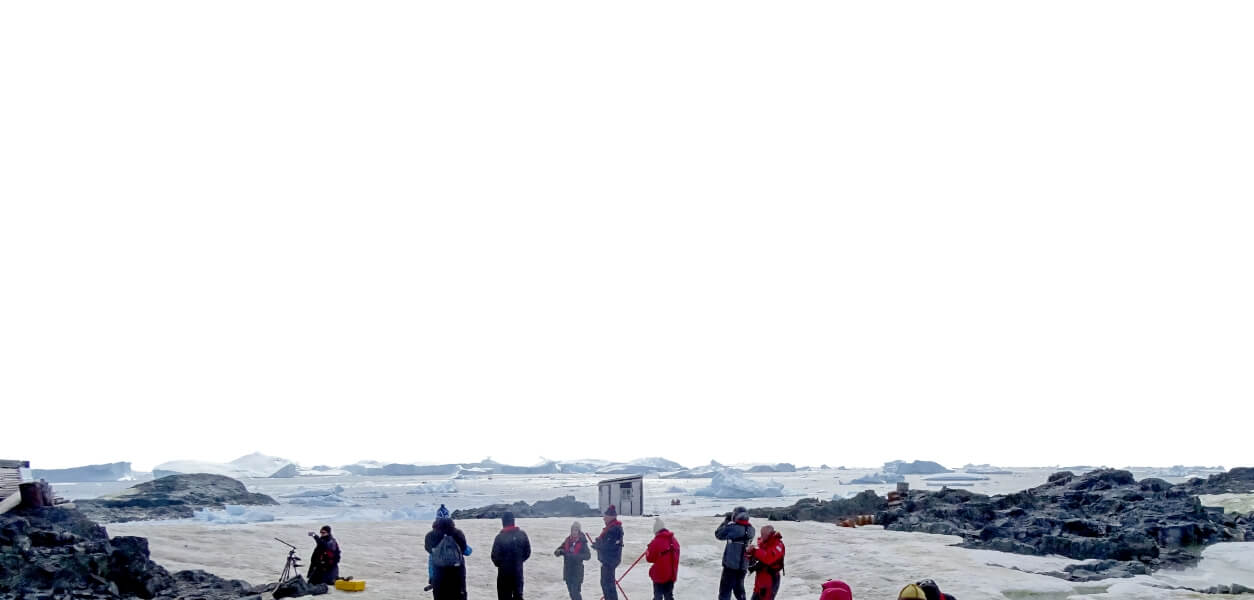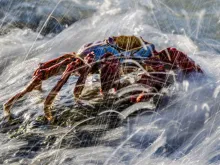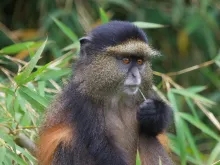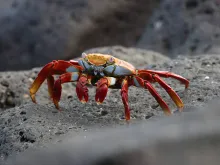Few places around the world can boast the vast amounts of rare animals found in the Galapagos Islands. Because the islands are located at the confluence of multiple ocean currents, the climate is cooler than one would expect and provides an ideal environment for the native animals. The islands are also located at a three-way tectonic plate junction. These unique conditions have made for some interesting changes in the evolution of these animals.  1. Marine Iguanas No lizard in the world can swim. That is, of course, none except the Marine Iguana. This lizard is thought to have developed its swimming ability due to the lack of vegetation on land, and was forced to turn to seaweed as a main part of its diet.
1. Marine Iguanas No lizard in the world can swim. That is, of course, none except the Marine Iguana. This lizard is thought to have developed its swimming ability due to the lack of vegetation on land, and was forced to turn to seaweed as a main part of its diet.
 2. Giant Tortoise These Giant Tortoises, after which the islands were named, can live upwards of 150 years and weigh up to 660 lbs. Due to the lack of predators on the island, the Giant Tortoises have developed a very docile lifestyle. The most famous of these tortoises was Lonesome George, who was the last Giant Pinta Tortoise on the planet. Despite many attempts of reproducing with other female tortoises, the eggs were always infertile. Lonesome George was born before 1912 and died on June 24, 2012, officially declaring the Pinta subspecies extinct.
2. Giant Tortoise These Giant Tortoises, after which the islands were named, can live upwards of 150 years and weigh up to 660 lbs. Due to the lack of predators on the island, the Giant Tortoises have developed a very docile lifestyle. The most famous of these tortoises was Lonesome George, who was the last Giant Pinta Tortoise on the planet. Despite many attempts of reproducing with other female tortoises, the eggs were always infertile. Lonesome George was born before 1912 and died on June 24, 2012, officially declaring the Pinta subspecies extinct. 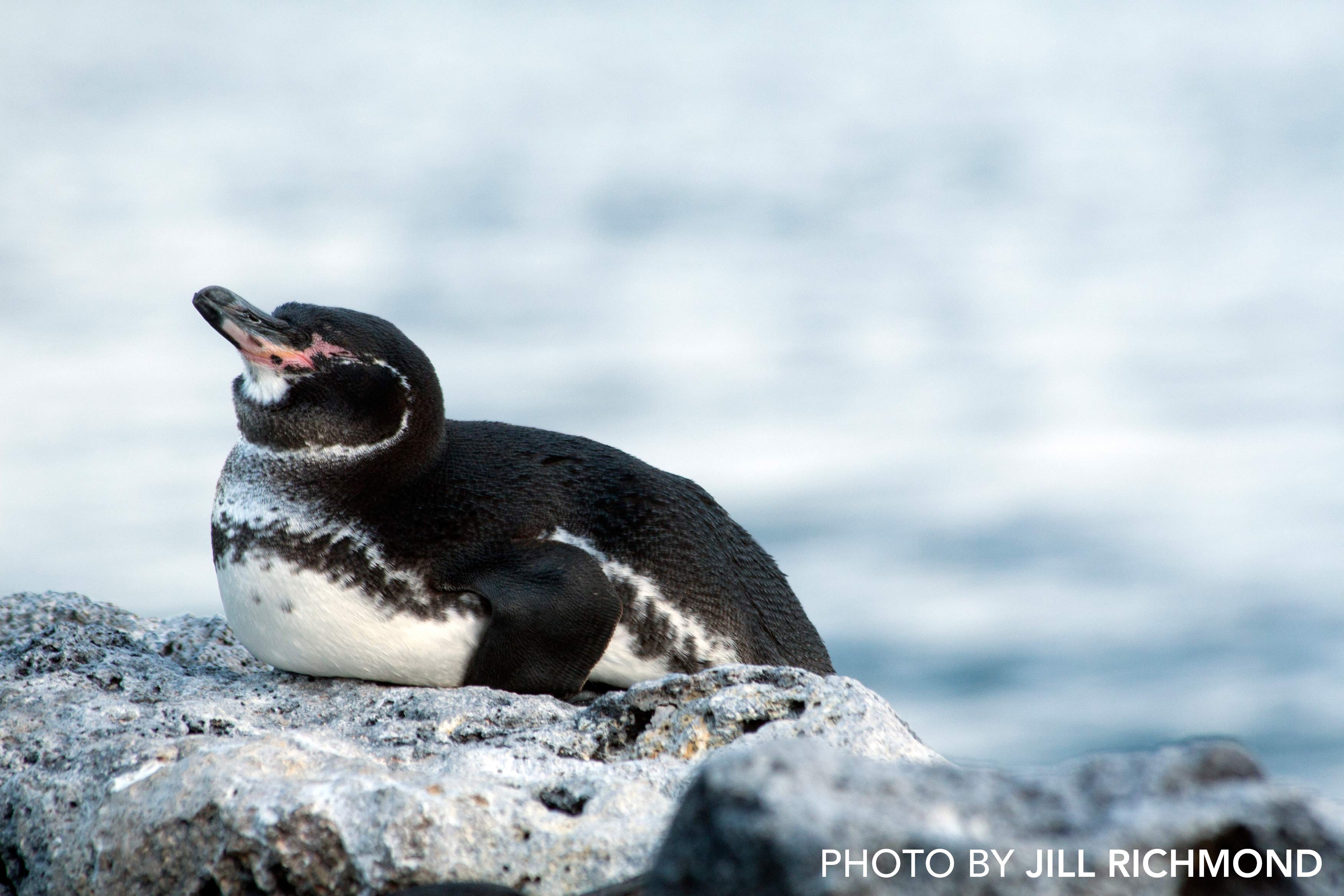 3. Galapagos Penguin The Galapagos Penguins are the only penguins found in the northern hemisphere. They're also one of the world's smallest penguins, and can only be found in the Galapagos Islands.
3. Galapagos Penguin The Galapagos Penguins are the only penguins found in the northern hemisphere. They're also one of the world's smallest penguins, and can only be found in the Galapagos Islands. 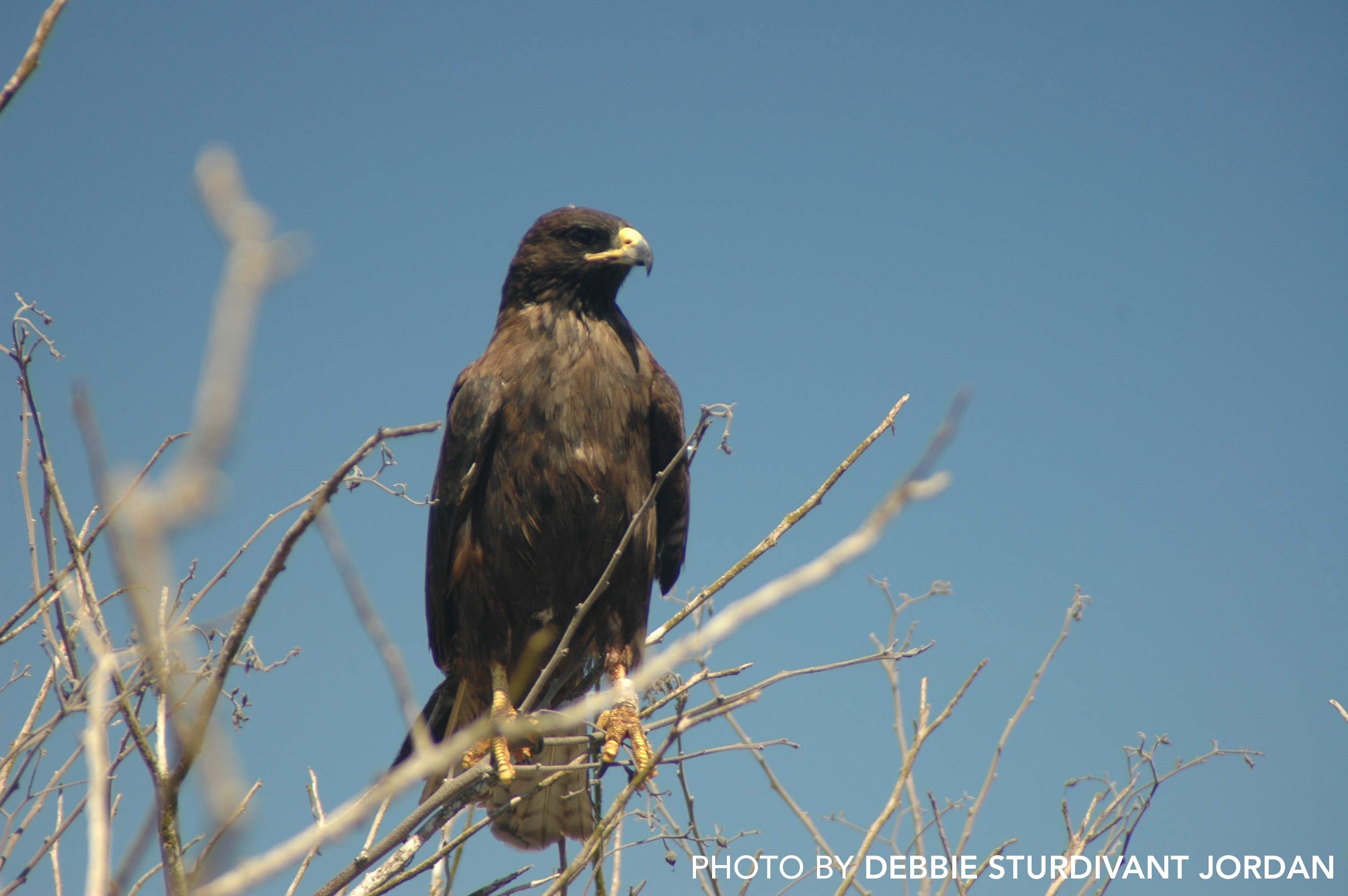 4. Galapagos Hawk The Galapagos Hawk is the only diurnal raptor on the islands, placing it at the top of the food chain on the islands. While it mainly feasts on locusts, centipedes, and lizards, the Galapagos Hawk has been known to attack iguanas and tortoise hatchlings.
4. Galapagos Hawk The Galapagos Hawk is the only diurnal raptor on the islands, placing it at the top of the food chain on the islands. While it mainly feasts on locusts, centipedes, and lizards, the Galapagos Hawk has been known to attack iguanas and tortoise hatchlings. 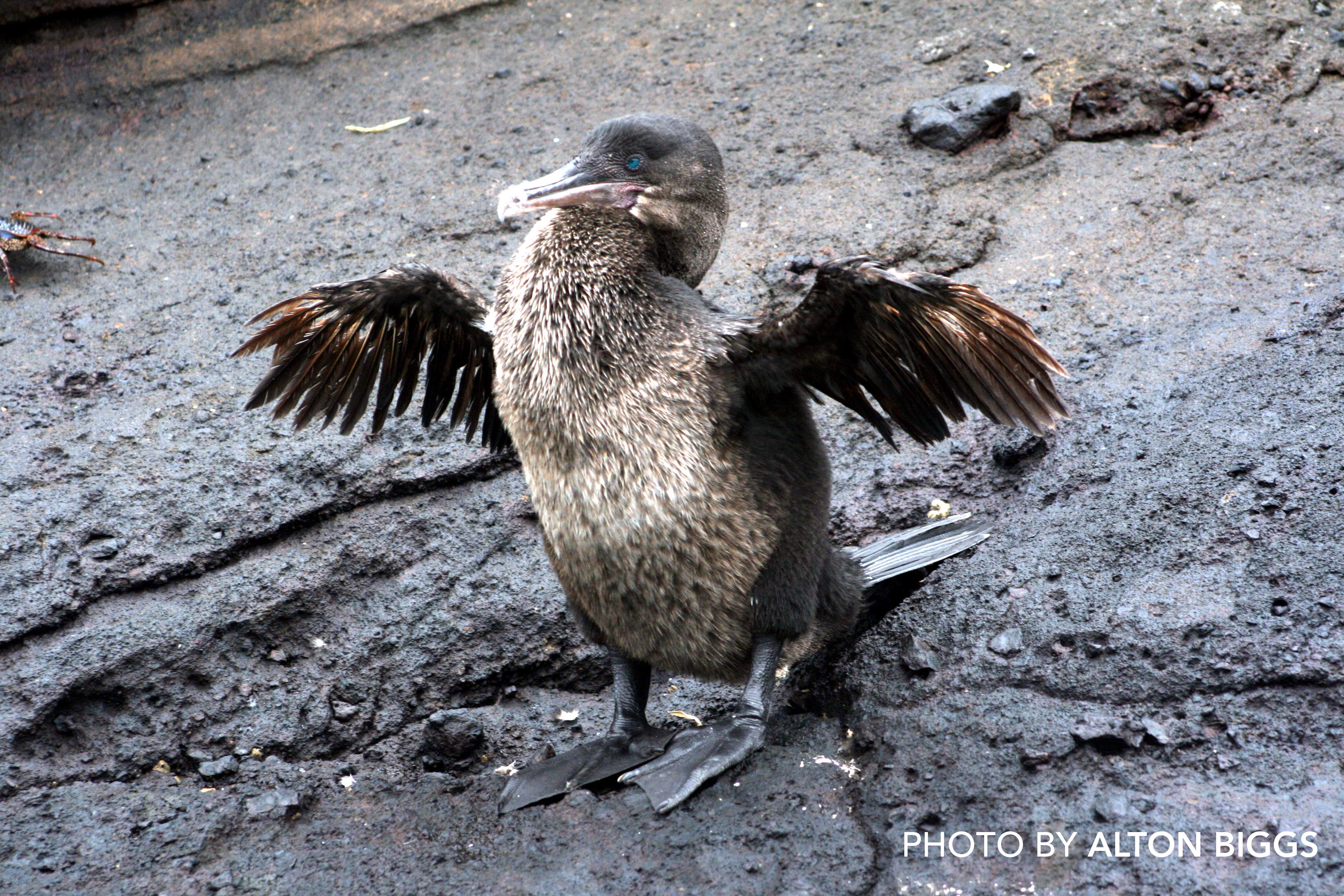 5. Flightless Cormorant The interesting thing about the Flightless Cormorant is that it's the only cormorant species in the world unable to fly. As such, it has grown to be very large and heavy. Its wings are 1/3 of the size that would be required for it to fly!
5. Flightless Cormorant The interesting thing about the Flightless Cormorant is that it's the only cormorant species in the world unable to fly. As such, it has grown to be very large and heavy. Its wings are 1/3 of the size that would be required for it to fly!




